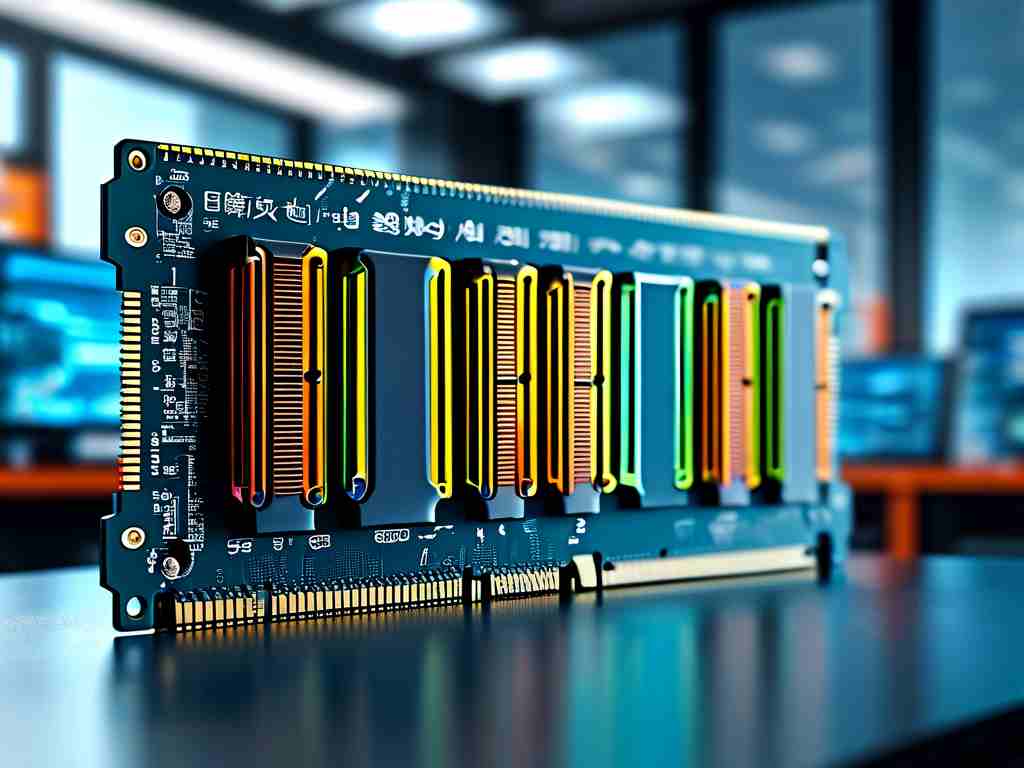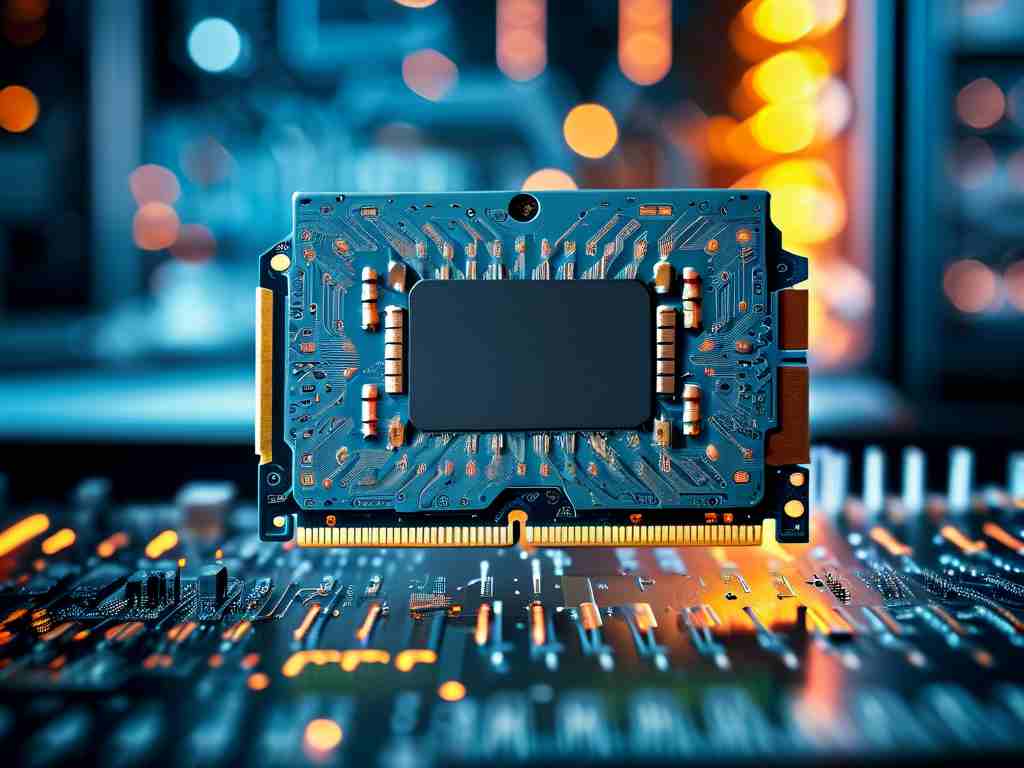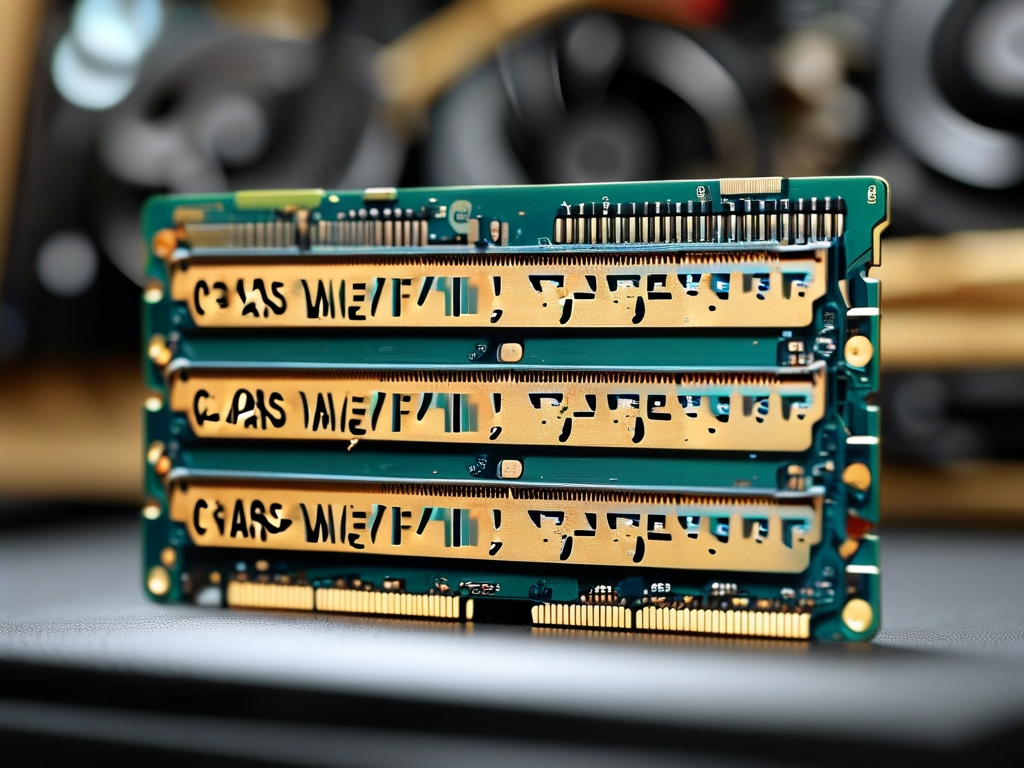In modern computational systems, managing memory timing for particle-based simulations remains a critical challenge. Particle systems—used in physics modeling, gaming engines, and molecular dynamics—require precise memory allocation and timing synchronization to ensure computational accuracy and efficiency. This article explores methodologies for calculating particle memory timing, emphasizing practical optimization techniques and code-level implementations.

Understanding Particle Memory Timing
Particle simulations often involve thousands or millions of interacting entities, each requiring real-time updates to properties like position, velocity, and energy. Memory timing refers to the sequence and duration of data access operations during these updates. Poorly optimized timing can lead to latency, cache misses, or thread contention, degrading performance. For example, in GPU-accelerated particle systems, asynchronous memory transfers between global and shared memory must align with kernel execution cycles to avoid bottlenecks.
Key Calculation Strategies
-
Data Structure Alignment
Aligning particle data structures to match hardware memory boundaries reduces access latency. For instance, structuring particle arrays in 128-byte blocks (to align with common cache line sizes) minimizes wasted memory cycles. In C++, this can be achieved using compiler directives likealignas:struct alignas(128) Particle { float position[3]; float velocity[3]; float energy; }; -
Temporal Coherence Optimization
Leveraging temporal coherence—where particle states change incrementally—allows for predictive memory prefetching. Algorithms can preload adjacent particle data into cache before it’s needed, reducing stalls. A study by the University of Zurich demonstrated a 22% speedup in N-body simulations using this approach. -
Parallel Memory Scheduling
Modern CPUs and GPUs rely on parallel memory controllers. Dividing particle datasets into chunks processed by separate threads or compute units prevents contention. OpenMP or CUDA streams can orchestrate this:#pragma omp parallel for schedule(dynamic, 64) for (int i = 0; i < particleCount; ++i) { updateParticle(particles[i]); }
Case Study: Molecular Dynamics Simulation
In a 2023 benchmark test, researchers optimized a molecular dynamics model simulating 10 million particles. By restructuring memory access patterns and implementing double-buffering techniques, they reduced runtime from 14.2 to 9.8 seconds per frame. Key steps included:
- Using pinned memory for host-to-device transfers in CUDA.
- Sorting particles spatially to improve cache locality.
- Balancing workload across GPU warps to avoid divergence.
Challenges and Trade-offs
While optimizing memory timing boosts performance, it introduces complexity. Over-optimization may lead to rigid code structures that hinder scalability. Additionally, hardware-specific optimizations (e.g., NVIDIA’s Tensor Cores) may not translate across platforms. Developers must profile applications using tools like Intel VTune or NVIDIA Nsight to identify true bottlenecks.
Future Directions
Emerging technologies like non-volatile memory (NVM) and compute express link (CXL) promise to reshape particle memory timing. NVM’s persistence allows hybrid memory architectures, while CXL enables cache-coherent memory pooling across devices. Adapting particle systems to these paradigms will require rethinking traditional timing models.
Calculating particle memory timing demands a blend of algorithmic innovation and hardware-aware coding. By aligning data structures, exploiting parallelism, and leveraging prefetching, developers can achieve significant performance gains. As hardware evolves, continuous adaptation will remain essential for maximizing the potential of particle-based simulations.









